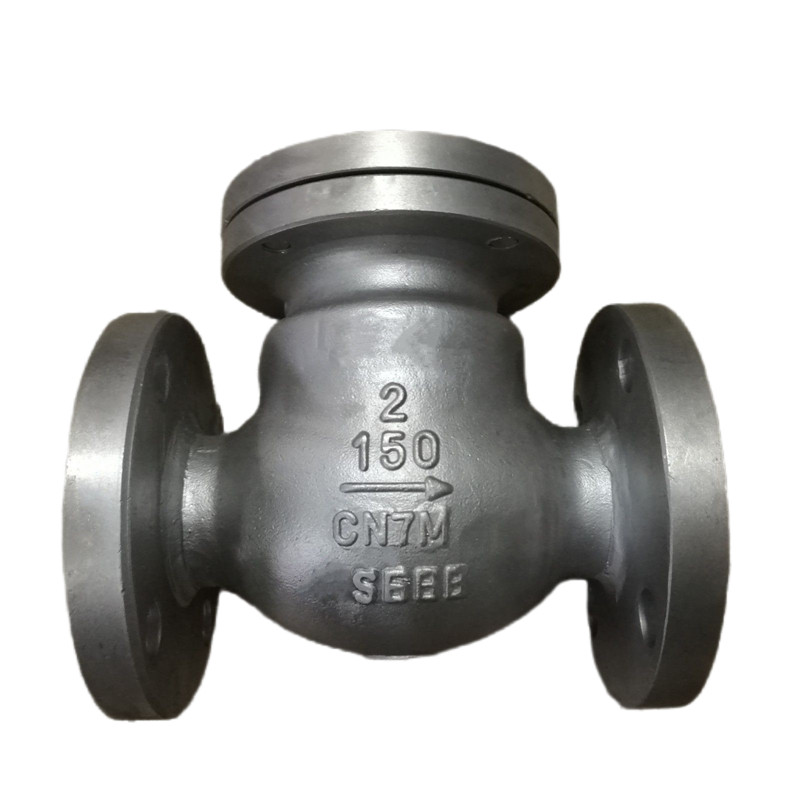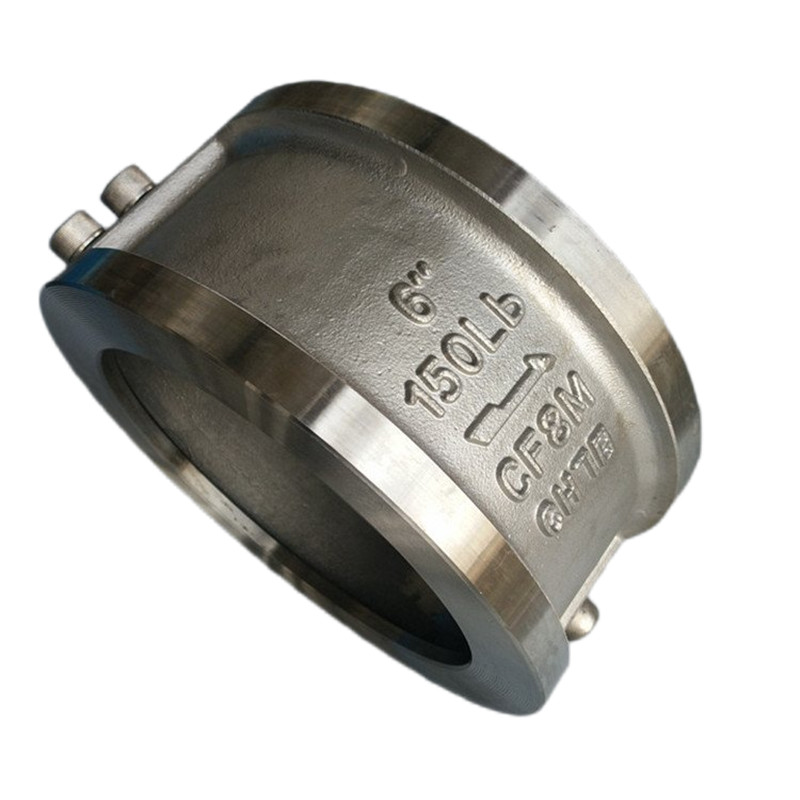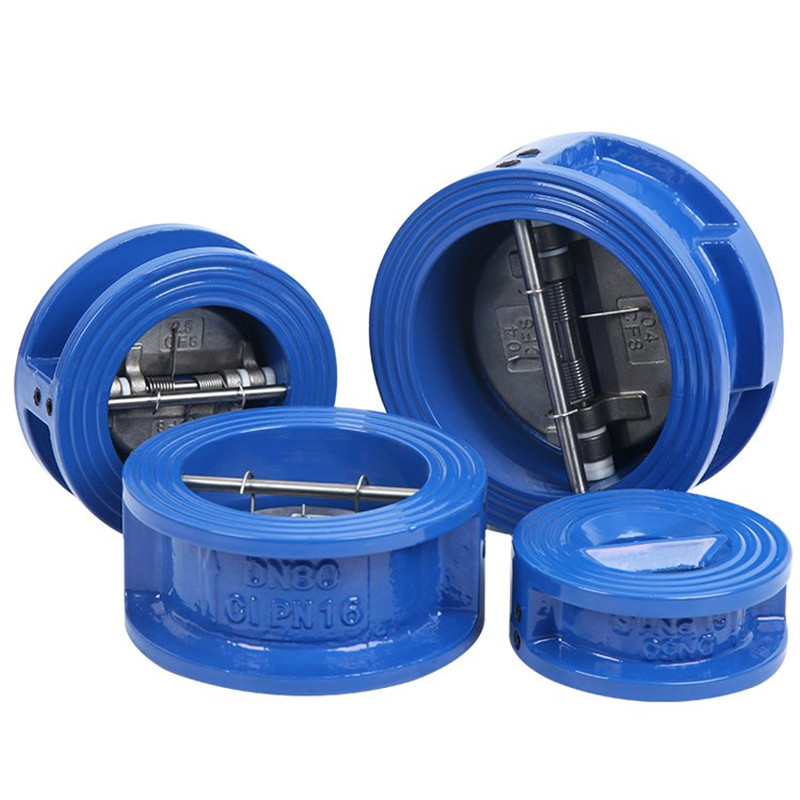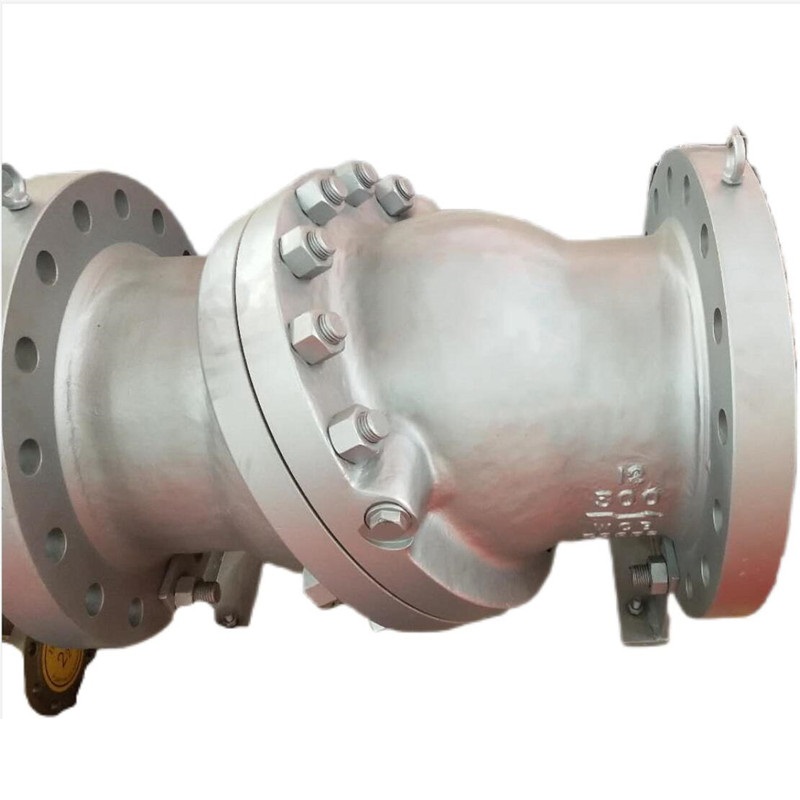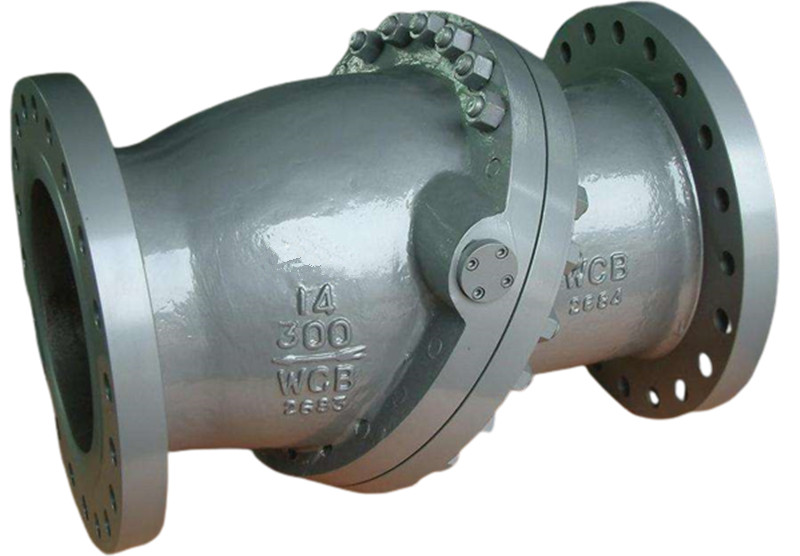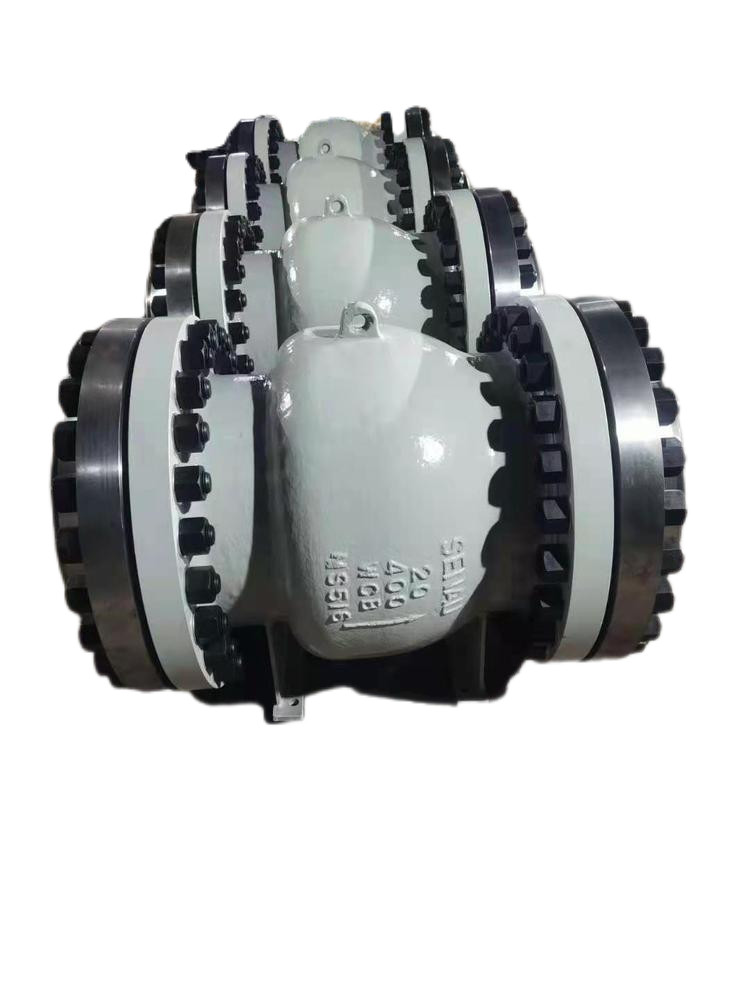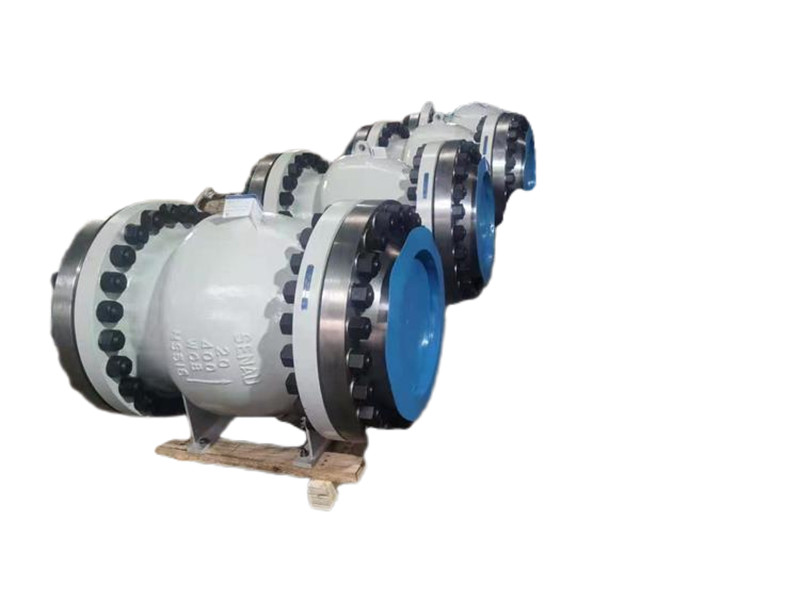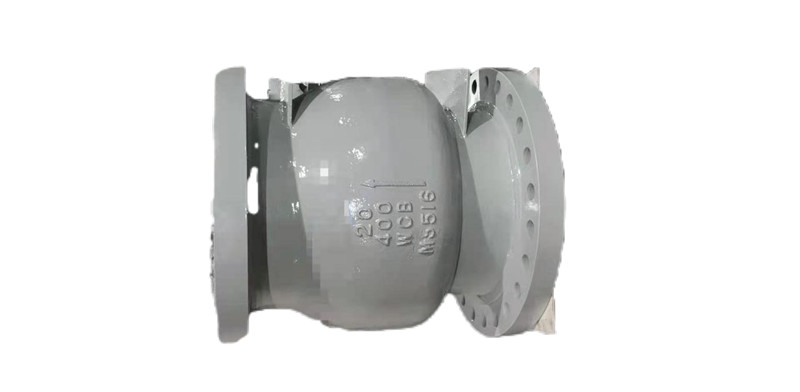Products
A351 CN7M Alloy 20 Swing Check Valve,150LB,2 Inch
- Bonnet: Bolted bonnet
- Integral body seat or renewable seat ring
- Uni-directional
- Swing type disc
- Casting disc (above 4”) or forged disc ( 2” to 4”)
- Non full opening or full opening disc
Design Standard: API623/ASME B16.34
Pressure-temperature Ratings: ASME B16.34
Size Range: 2” to 28”
Pressure Range: Class 150 to 2500
End Connections: Flanged RF, RTJ, Butt Weld
Flanged End Dimensions: ASME B16.5 (≤24”), ASME B16.47 Series A or B (>24”)
Butt Weld End Dimensions: ASME B16.25 Face to Face
Face to Face Dimensions: ASME B16.10
Inspection and Testing: API 598
Material:ASTM A351 CF8, ASTM A351 CF8M, ASTM A351 CF3M, ASTM A351 CF8C
CN3MN, CK3MCUN, CN7M, ASTM A890 4A(CD3MN), ASTM A890 5A(CE3MN),
ASTM A890 6A(CD3MWCuN)
ASTM B148 C95800, ASTM B148 C95500.
The A351 CN7M Alloy 20 Swing Check Valve, also known as a check valve, one-way valve, or reverse flow valve, refers to a type of automatic valve that automatically opens and closes the valve by relying on the flow of the medium itself. It is usually used in pipelines to prevent medium backflow. Suitable for pulsating flow, its sealing performance is not as good as the lifting type. Swing check valves are divided into three types based on the diameter of the door: single, double, and multi disc, to reduce hydraulic impact and prevent the medium from stopping or flowing back. Check valves can also be used to supply pipelines to auxiliary systems where the pressure may rise above the system pressure. The check valve can be mainly divided into a swing up check valve that rotates according to the center of gravity and a lift up check valve that moves along the suction line.
CN7M is an austenitic stainless steel used for casting, with properties similar to that of alloy 20. It is also used as alloy 20 in casting doors, and has excellent corrosion resistance, spot resistance, and crack resistance.
CN7M has less carbide precipitation during the welding process, which can stably prevent intergranular corrosion and prevent sensitization. It is often used in media such as concentrated sulfuric acid, dilute sulfuric acid, and sulfuric acid mixtures.

